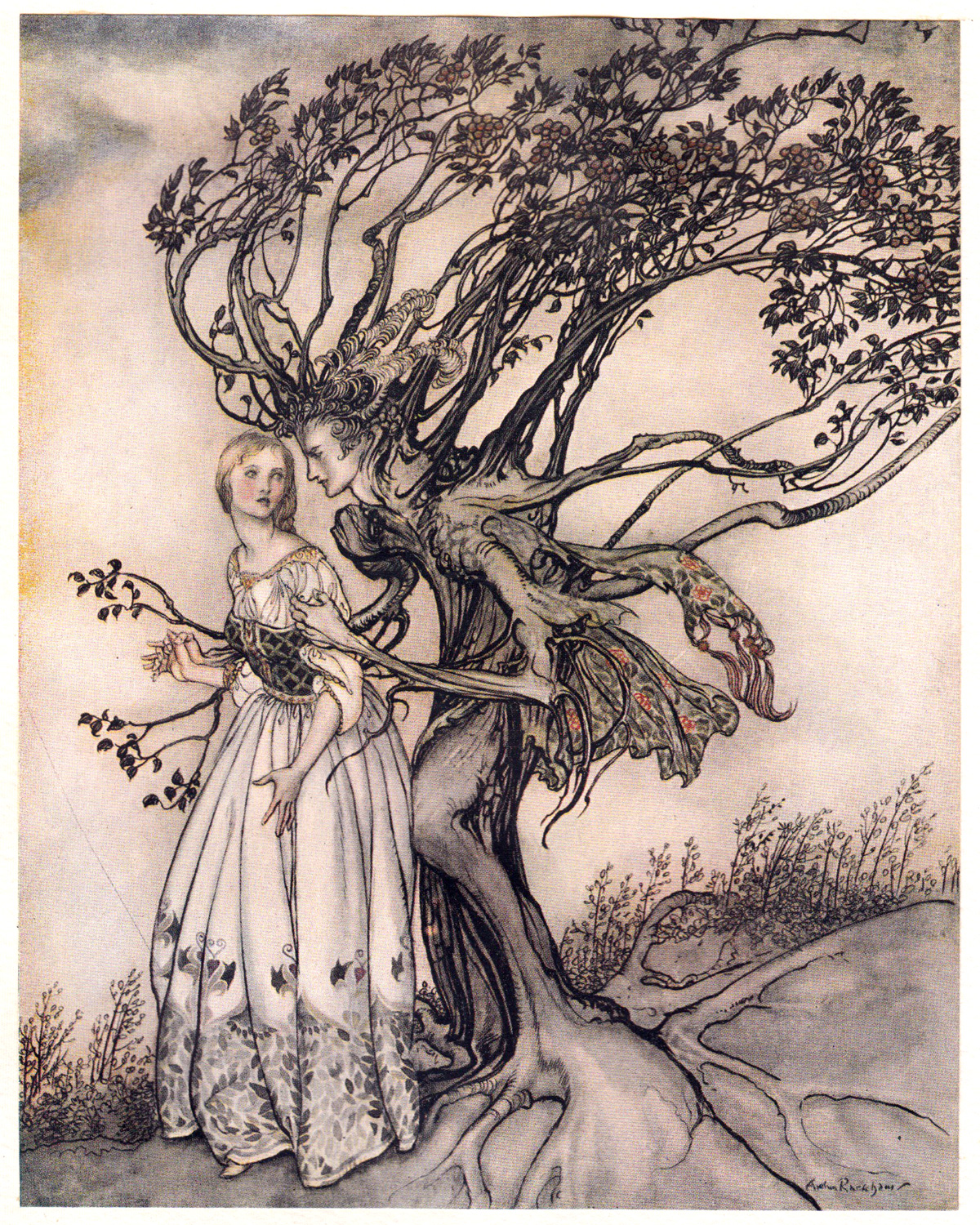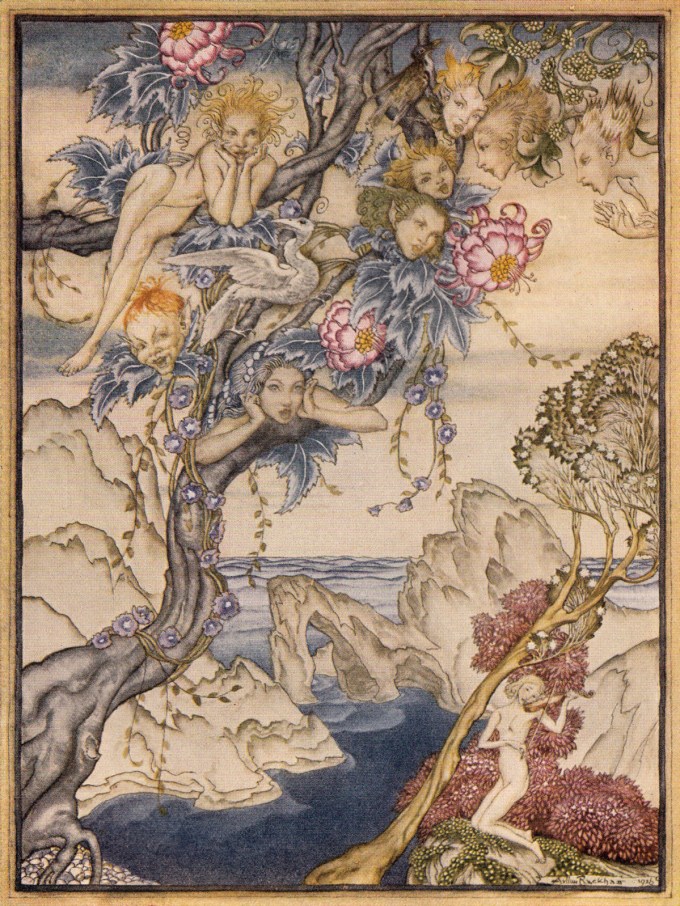Tennov also draws a distinction between limerence and projection:
Because limerent fantasy depends on how you actually perceive reality, its content, which leads up to and renders plausible the ecstatic finale, varies not only from person to person, but from day to day as new knowledge becomes available.
Today my children are grown and gone. I’m lucky if they get here on Christmas and call on Mother’s Day. I can tell you that I’d give anything to be back in the tiny apartment with my babies. The ironic and really tragic thing is that when my children were little, I was all wrapped up in my love affairs and unable to give them the time and attention I wish I could look back on.

Even so, and crucially so, Tennov is careful to make clear that although limerence is at odds with rationality, although it can be painful to the point of agony for the limerent and uncomfortable to the point of exasperation for the LO at whom its glaring beam of attention and need is directed, it is not a psychopathology, nor does it have correlation or consistent co-occurrence with any known mental illnesses. Rather, it is a style of attachment, the origins of which are still unclear and the course of which is nearly identical in all limerents — people otherwise reasonable and high-functioning. It strikes indiscriminately across age, race, gender, orientation, and calling, though it does seem to afflict the creative disproportionately, perhaps because the very process of limerence is in a sense a creative process — a process of sustained attention and selective amplification. (Indeed, an understanding of limerence suddenly casts a new light upon some of the world’s greatest works of art: So many classic love songs are heard anew as hymns of limerence, so many classic love poems are read anew as limerent elegies, in the proper dual sense of lamentation and celebration — the hundreds Emily Dickinson wrote to, for, and about her lifelong LO being a supreme example.)
Limerence theory is not merely a step toward understanding romantic love; it is also a step toward understanding how we can transcend those aspects of our inborn behavioral tendencies that inhibit our progress in the direction of self-determination… It may not be in contemplation of outer space that the greatest discoveries and explorations of the coming centuries will occur, but in our finally deciding to heed the dictum of self-understanding.
Indeed, Tennov ends her revelatory Love and Limerence with optimism for future research, buoyed by a bold defiance of the dated idea that scientific knowledge of reality diminishes its wonder — an idea all the more pervasive in the study of feeling due to our millennia-deep mythologies of love as a separate species of experience. In a sentiment evocative of Ode to a Flower — Nobel-winning physicist Richard Feynman’s classic meditation on knowledge and mystery — Tennov argues that scientific inquiry will not “rob us of the ecstasy of reciprocation or of the artistic creations which limerence tends so often to inspire,” and writes:
Limerence can live a long life sustained by crumbs. Indeed, overfeeding is perhaps the best way to end it.

- intrusive thinking about the limerent object, or “LO”
- acute longing for reciprocation
- dependency of mood on LO’s actions or, more accurately, your interpretation of LO’s actions with respect to the probability of reciprocation
- inability to react limerently to more than one person at a time (exceptions occur only when limerence is at low ebb — early on or in the last fading)
- some fleeting and transient relief from unrequited limerent passion through vivid imagination of action by LO that means reciprocation
- fear of rejection and sometimes incapacitating but always unsettling shyness in LO’s presence, especially in the beginning and whenever uncertainty strikes
- intensification through adversity (at least, up to a point)
- acute sensitivity to any act or thought or condition that can be interpreted favorably, and an extraordinary ability to devise or invent “reasonable” explanations for why the neutrality that the disinterested observer might see is in fact a sign of hidden passion in the LO
- an aching of the “heart” (a region in the center front of the chest) when uncertainty is strong
- buoyancy (a feeling of walking on air) when reciprocation seems evident
- a general intensity of feeling that leaves other concerns in the background
- a remarkable ability to emphasize what is truly admirable in LO and to avoid dwelling on the negative, even to respond with a compassion for the negative and render it, emotionally if not perceptually, into another positive attribute

Six tortuous limerent months later, at the peak of summer, he writes in another diary entry that captures the most terrifying aspect not only of limerence but of all love, at some fundamental level:
Limerence is, above all else, mental activity. It is an interpretation of events, rather than the events themselves. You admire, you are physically attracted, you see, or think you see (or deem it possible to see under “suitable” conditions), the hint of possible reciprocity, and the process is set in motion.
Tennov detailed her revelatory findings in the 1979 book Love and Limerence (public library), in which she describes limerence as “an uncontrollable, biologically determined, inherently irrational, instinct-like reaction” that gnaws at the foundation of our vain beliefs about free will, unique among human experience in the total control it assumes of one’s thought process and the total helplessness of the thinker, no matter their degree of intelligence, emotional maturity, self-awareness, psychological stability, or force of will. Indeed, the single most crucial feature of limerence Tennov found is “its intrusiveness, its invasion of consciousness against our will.” (In this respect, I find, its closest kin is grief — that mental mouse that “chooses Wainscot in the Breast for His Shy House — and baffles quest.”)
Tennov detailed her revelatory findings in the 1979 book Love and Limerence (public library), in which she describes limerence as “an uncontrollable, biologically determined, inherently irrational, instinct-like reaction” that gnaws at the foundation of our vain beliefs about free will, unique among human experience in the total control it assumes of one’s thought process and the total helplessness of the thinker, no matter their degree of intelligence, emotional maturity, self-awareness, psychological stability, or force of will. Indeed, the single most crucial feature of limerence Tennov found is “its intrusiveness, its invasion of consciousness against our will.” (In this respect, I find, its closest kin is grief — that mental mouse that “chooses Wainscot in the Breast for His Shy House — and baffles quest.”)
Tennov detailed her revelatory findings in the 1979 book Love and Limerence (public library), in which she describes limerence as “an uncontrollable, biologically determined, inherently irrational, instinct-like reaction” that gnaws at the foundation of our vain beliefs about free will, unique among human experience in the total control it assumes of one’s thought process and the total helplessness of the thinker, no matter their degree of intelligence, emotional maturity, self-awareness, psychological stability, or force of will. Indeed, the single most crucial feature of limerence Tennov found is “its intrusiveness, its invasion of consciousness against our will.” (In this respect, I find, its closest kin is grief — that mental mouse that “chooses Wainscot in the Breast for His Shy House — and baffles quest.”)
Tennov detailed her revelatory findings in the 1979 book Love and Limerence (public library), in which she describes limerence as “an uncontrollable, biologically determined, inherently irrational, instinct-like reaction” that gnaws at the foundation of our vain beliefs about free will, unique among human experience in the total control it assumes of one’s thought process and the total helplessness of the thinker, no matter their degree of intelligence, emotional maturity, self-awareness, psychological stability, or force of will. Indeed, the single most crucial feature of limerence Tennov found is “its intrusiveness, its invasion of consciousness against our will.” (In this respect, I find, its closest kin is grief — that mental mouse that “chooses Wainscot in the Breast for His Shy House — and baffles quest.”)
Tennov detailed her revelatory findings in the 1979 book Love and Limerence (public library), in which she describes limerence as “an uncontrollable, biologically determined, inherently irrational, instinct-like reaction” that gnaws at the foundation of our vain beliefs about free will, unique among human experience in the total control it assumes of one’s thought process and the total helplessness of the thinker, no matter their degree of intelligence, emotional maturity, self-awareness, psychological stability, or force of will. Indeed, the single most crucial feature of limerence Tennov found is “its intrusiveness, its invasion of consciousness against our will.” (In this respect, I find, its closest kin is grief — that mental mouse that “chooses Wainscot in the Breast for His Shy House — and baffles quest.”)
Knowledge of the limerent state clearly suggests that the nonlimerent LO has certain responsibilities of an ethical kind. Better understanding of what the limerent person is undergoing and how your actions as LO influence that response will help to diminish the pain that the limerent person is experiencing, as well as the suffocating attention that is unpleasant for you.
The person who is not limerent toward you may feel great affection and concern for you, even tenderness, and possibly sexual desire as well. A relationship that includes no limerence may be a far more important one in your life, when all is said and done, than any relationship in which you experienced the strivings of limerent passion. Limerence is not in any way preeminent among types of human attractions or interactions; but when limerence is in full force, it eclipses other relationships.
But while limerence can be debilitating to its sufferer and stressful to the point of trauma for its object, its umbra of inadvertent harm reaches beyond the limerent and the LO — most commonly, and most vulnerably, to the children of limerent parents. Tennov shares the case study of one woman who reflected ruefully in midlife:





